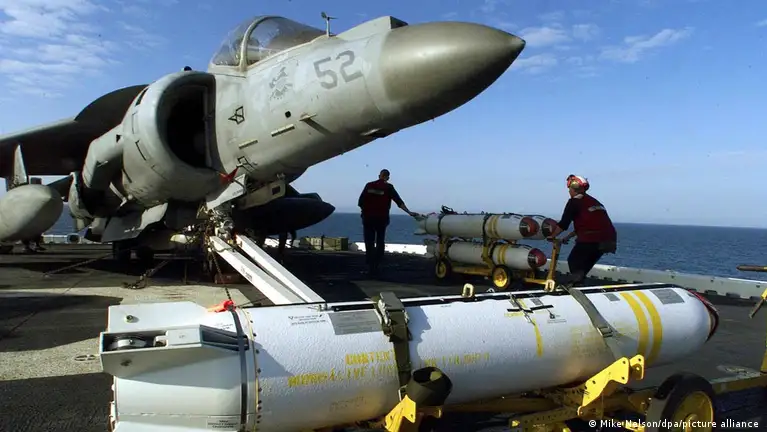In the aftermath of the 1999 conflict in Kosovo, the lingering presence of depleted uranium contamination has emerged as a silent legacy with health, environmental and political dimensions. The focus on depleted uranium contamination in Kosovo underscores how military technologies can leave enduring footprints long after combat ends.
What is depleted uranium and why was it used?
Depleted uranium (DU) is uranium with a lower proportion of the fissile isotope ^235U than natural uranium. Wikipedia+1 Its appeal in military use lies in its high density — allowing armour-piercing projectiles to be more effective.
Use of DU in Kosovo and immediate aftermath
According to environmental assessments, an estimated amount of DU was left scattered across impact sites in Kosovo and southern Serbia. PMC+1 For example, a 2001 mission by the United Nations Environment Programme (UNEP) noted low levels of contamination but stressed the need for longer-term monitoring. Declassified UK+1 Veterans and personnel deployed in the Balkans have filed claims citing cancer, tumours and other illnesses that they believe stem from exposure to DU ammunition. The Times of India
Environmental and health-risk concerns
The key health concern is inhalation or ingestion of DU particles, especially aerosolised oxides created when a DU projectile strikes and burns. While many official reviews have concluded that conclusive evidence of large-scale human harm is lacking, the chemical toxicity and long-term exposure implications remain contested. Wikipedia+1
Why this legacy remains “hidden”
Several factors contribute to the subdued attention paid to DU’s Balkan after-effects:
- Post-conflict priorities often focus on immediate reconstruction and humanitarian relief rather than radiological/chemical legacy issues.
- The complex nature of attributing health outcomes (cancers, congenital defects) to DU exposure over decades means uncertainty remains high.
- Political sensitivities around weapons of choice and responsibility (for example, which countries used the munitions) make sustained discourse more difficult.
Implications for Kosovo, region and beyond
For Kosovo and the wider Balkans the consequences are multifaceted:
- Environmental monitoring & cleanup: Contaminated soils or crater zones may require remediation or long-term monitoring, which are costly and time-intensive. Bulletin of the Atomic Scientists
- Veteran and civilian health programmes: Those who served or lived near impact zones may require health surveillance, compensation or support services. The claims from veterans serve as a reminder of this need. The Times of India
- Precedent for other conflict zones: The legacy in Kosovo offers a case-study for how DU use might carry forward into other theatres of war. Lessons about cleanup, risk communication and environmental rights emerge.
- Policy and legal accountability: Non-governmental coalitions like the International Coalition to Ban Uranium Weapons (ICBUW) have used Balkan experiences to argue for tighter oversight or bans. Wikipedia+1
What still needs to be done
To move from legacy to resolution, several steps are crucial:
- Comprehensive, transparent health studies that address long-term outcomes for both military and civilian populations.
- Environmental mapping of impact zones to identify hotspots of DU residue and to determine if, when and how contamination migrates or concentrates.
- Public communication and local education so affected communities understand potential risks (and where risk might be minimal).
- International dialogue about best practices for post-conflict remediation when early weapons deployment carries legacy contamination—not just in the Balkans but globally.
Conclusion
The issue of depleted uranium contamination in the Kosovo area remains largely under-reported but is significant in terms of environmental justice, veteran health and future conflict policy.



